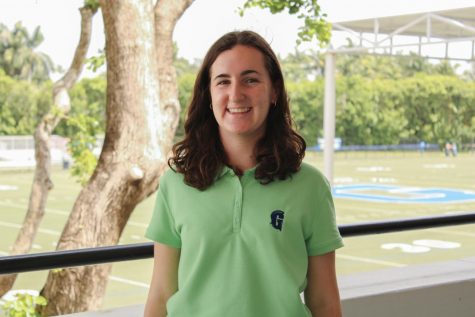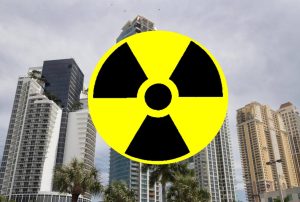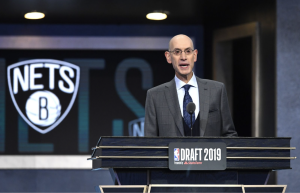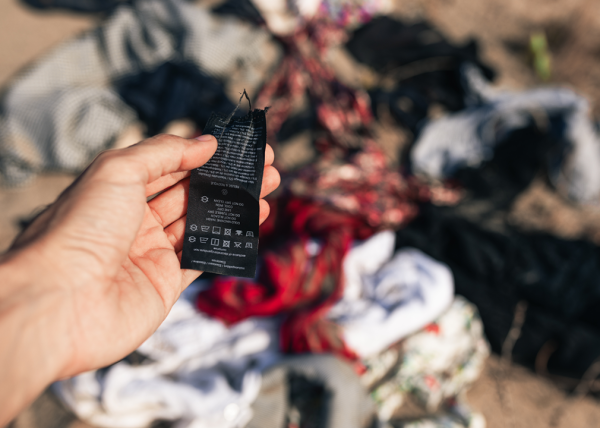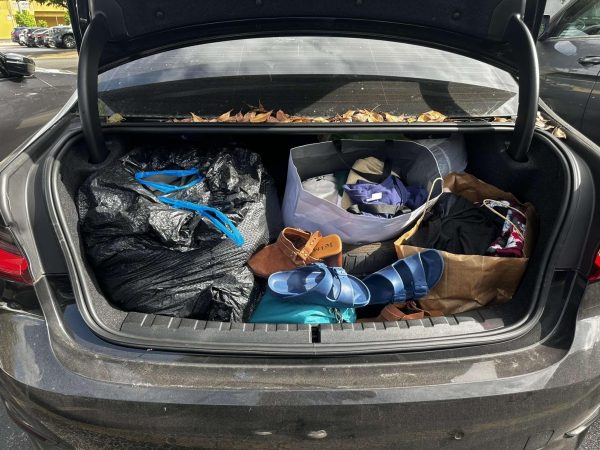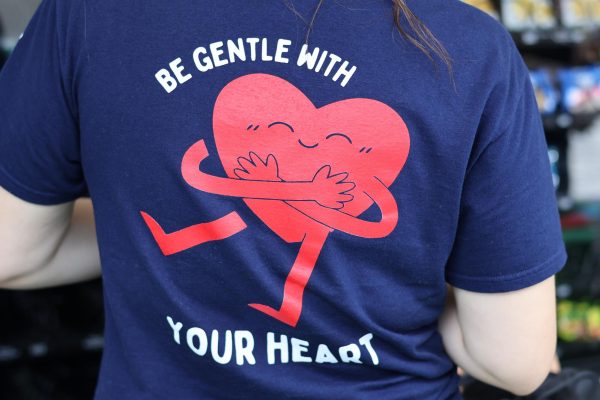Donations Save Lives at Annual OneBlood Drive
November 16, 2021
Warning: images of blood, plasma, needles, etc.
On Nov. 11, OneBlood arrived at the Prep gym along with donation stations and upbeat music to host the annual Blood Drive event. After receiving a health exam and questionnaire, students aged 17 and older had the opportunity to donate blood through their choice of whole blood or platelet procedures.
“The whole blood takes their red blood cells along with their plasma platelets, which are the blood clotting cells, and the white blood cells. When they get to the blood center they can then filter out what they want for the different people. The platelet donation is only taking out that part of the blood and then it’s recirculated back into the person,” explained biomedical science teacher Laura Keepax.
Members of the HEAL club recruited students to sign up for the donation throughout the week, but on Thursday OneBlood also accepted walk-ins.
“A lot of people wanted to do it because we told them that if you donate blood, it potentially saves three lives, so they were really excited about that,” senior Sam Cano, a HEAL club officer, said. “There’s also obvious health benefits. For example, you get your blood tested, your cholesterol tested, and your sugar tested.”
The time frame and sensation of donating blood depended on the procedure, with 30 minutes for whole blood and an hour for platelets. OneBlood representatives advised students to eat a meal directly before and after donating.
“You could get a very bad reaction when you don’t eat,” explained OneBlood DS manager Elizabeth Moreno. “We always instruct everybody to eat, and we bring our granola bars and everything.”
Two weeks after donating, participants can receive health information online and an analysis of their blood type. At the end of Thursday’s blood drive, students had donated a total of 60 pints, which will go to patients in need at local hospitals.


